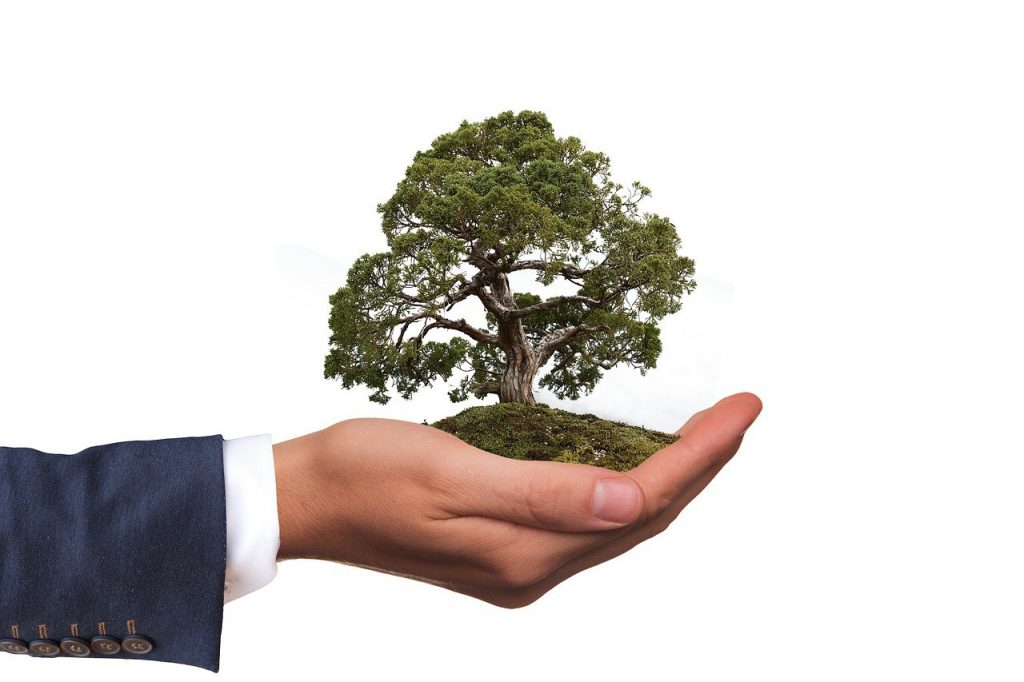How to Take Care of an Indoor Bonsai Tree

When taking care of an indoor bonsai tree, it is essential to understand what type of tree it is. Different trees require different levels of sunlight, water, and humidity. Understanding the potting and pruning techniques specific to bonsai trees is also necessary. By following these simple guidelines, anyone can successfully take care of an indoor bonsai tree. Bonsai trees are not like other plants. However, the trees do not grow according to the general rules that most other plants follow. Therefore, they need to be taken care of in a particular way to thrive for years.
Choosing the right Bonsai Tree for Indoors
When it comes to choosing the proper bonsai tree for indoors, there are a few things you need to consider. The first is the size of the tree. You want to choose a tree that is not too large or too small for your space. The second thing to consider is the type of tree. Many different types of trees can be grown as bonsais, so you need to choose one that will thrive in an indoor environment. The last thing to consider is the climate where you live. Some trees perform better in warmer temperatures, while others do better in colder climates.
There are many species of indoor bonsai trees. The most popular ones are the ficus, the juniper, and the bougainvillea. Ficus trees are easy to care for and can grow quite large. Juniper trees are hardier and can withstand a bit more neglect. Bougainvillea trees are very colorful and need lots of sunlight.
Provide Enough Sunlight for Your Indoor Bonsai Tree
Lighting is essential for your bonsai tree to grow correctly. When choosing an indoor bonsai tree, it is crucial to consider the amount of sunlight the tree will get and how much space you have. Place your tree where it will get at least six hours of direct sunlight each day. For example, if you live in a colder climate, you might choose a tree such as juniper or a bougainvillea, which can handle less light.
If you can not place your tree near a window or have enough sunlight in your room, consider getting a fluorescent lamp or another artificial light source for the tree. Sources of artificial light for bonsai trees are spotlights or fluorescent tubes available at most hardware stores.
Indoor Bonsai Tree Temperature Needs
Bonsai trees require a specific temperature range to thrive. Most indoor bonsai trees prefer a temperature range of 70 to 80 degrees Fahrenheit. If the placement of your tree in your home is too warm, you may need to move your bonsai tree to a more cool location, such as a basement or garage, during the warmer months. You can also use a fan to create a breeze and keep your bonsai tree cool.
Indoor plants, including bonsai trees, need to be protected from frigid temperatures, especially during winter. You can use a heating pad or space heater to keep your plant warm at night. In the summer, sunlight is best for your bonsai tree, as this provides it with the light it needs to thrive.
Watering and Fertilizing Indoor Bonsai Trees
It is essential to understand the water requirements of your tree to take care of it properly. Indoor bonsai trees require about 1/4 the amount of water outdoor bonsai trees receive but still need to be cared for properly.
You should water your tree regularly, but how often you water it depends on the type of tree you are growing. A general rule for caring for bonsai is to water your tree only if the soil is dry to the touch. Usually, this will be around once per week, depending on the tree species you are growing.
The main fertilizer for bonsai is a general-purpose tree fertilizer or a soil conditioner. These fertilizers contain nutrients that are good for growing plants. However, there are a variety of different soil conditioners available. The primary purpose is to add nutrients to the soil while also making it easier for roots to grow. This is done by adding nitrogen, potassium, and other nutrients that will help your tree flourish.
Bonsai Trees Require Adequate Humidity
To keep your bonsai healthy and thriving, it’s essential to understand the importance of humidity. It would be best if you did not let your bonsai remain in a closed space for more than 12 hours at a time.
Indoor bonsais are susceptible to the dry air in most homes, which can cause leaf loss and other health problems. To increase the humidity around your tree, you can try one of the following methods:
- Place your bonsai near a humidifier or use a spray bottle to mist it regularly.
- Place the pot on a tray filled with pebbles and water. The evaporation will help increase the humidity around the plant.
- Put a sponge in the bottom of the pot, and fill it with water. This will help keep the soil moist and prevent root rot.
In conclusion, taking care of an indoor bonsai tree is not difficult. Still, it does require some diligence and patience. By following the tips provided in this article, you can help your bonsai thrive and flourish. With a little bit of time and effort, you can help your tree stay healthy and look beautiful in your home for years to come!